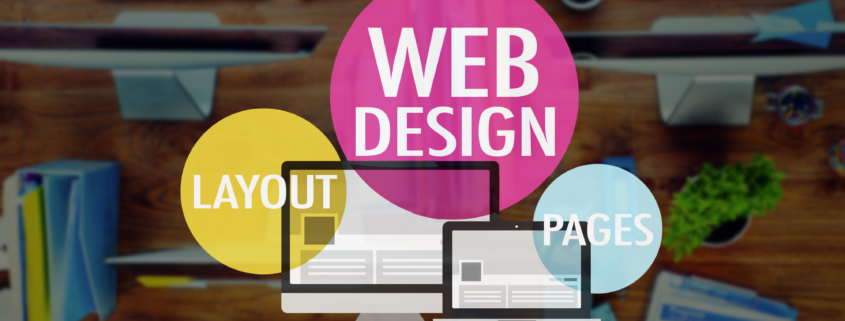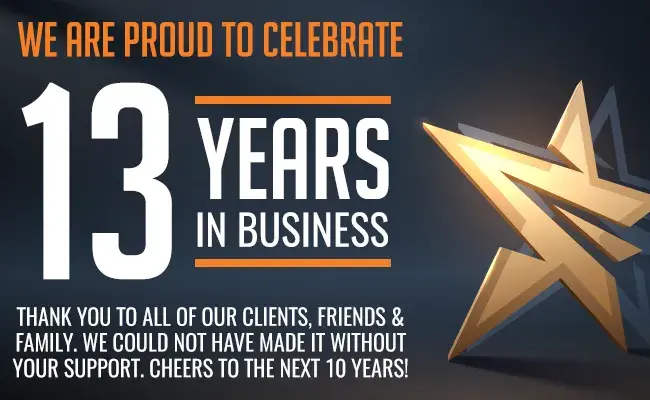The Fundamentals of Website Design For SMB
Some might say that a small business doesn’t need a website. In the case of brick-and-mortar stores, this may be the case. However, there are relatively few companies that still rely on a traditional in-store approach. The world has moved online, for better or for worse. As such, a small business would have to be crazy not to take advantage of all that extra business! With the possibility of reaching a global market (as opposed to a local one), website design is well worth the trouble for small businesses. This is especially true if they want to become large businesses someday. With that in mind, let’s go over some of the fundamentals of website design.
Balance Aesthetics With Utility
Of course, it is important to have a nice-looking website. However, it is much more important to have a website that works reliably. Most people will not stick around and wait for a slow page to load, especially if they are not already familiar with your products. Without a specific reason, most will be unwilling to wait.
At the same time, aesthetics are still an important thing to be considered. In the end, people come to a specific website because they want a specific thing…but those pleasing visuals do add to the overall experience. If nothing else, they are important for the creation of atmosphere. Beauty and utility must always be balanced, with a preference toward the latter.
Make Navigation Easy
There are many websites that make the mistake of “hiding” essential information. The info will be on the site, but it will not be easy to find. If you have to go through three or four other menus to get somewhere, a first-time user will not have an easy time with that. Are they technically capable of finding these things? Yes. Do they want to take the time to do so? Probably not.
The best thing is to have one navigation bar at the top of the page (or maybe on the side). Every page should be accessible from that bar, allowing the customer to see everything easily. By hovering the mouse around, they can get a good understanding of your layout. An effective website layout is one that can be understood by anyone at first glance.
Employ A Visual Hierarchy
This is a web design term that sounds more complex than its actual definition. When you have a visual hierarchy, the most important objects on the page are larger, brighter, and more centrally located. Thus, they draw the most attention. Things that are large, bright, and centered will always attract the eye, so that’s how you should display the most important information.
One effective strategy is to divide all aspects of your page into 3-5 categories, with the first category being primary (most important) information. Obviously, the last category is the least important one. For example, on a sales website, primary information would include items for sale, a search bar to find more of them, and the “checkout” button. Less important information would include things like warranty info pages, contact info, and most external links.
Avoid Creating A “Crowded” Look
This is one of the most common amateur mistakes that we see. Nobody wants a plain, bare, and boring page. However, there is such a thing as over-embellishment. When you try to cram too much content into a single page, the whole thing will just end up looking like a disorganized mess. What you will have is too many objects clamoring for the attention of the viewer. Psychologically, this creates a feeling of being overwhelmed.
This feeling might be compared to the way you feel when looking at a cluttered, disorganized room. One of the best ways to avoid this problem is to use “whitespace” and borders around prominent objects. This helps to set them apart from the background more effectively. It’s also good to avoid overlapping a lot of your objects. You can get away with a certain amount of overlap but use that technique sparingly.
Remember That Your Audience Has A Short Attention Span
When it comes to web content, virtually everyone has a short attention span. There are so many sites competing for their attention (and, in many cases, their money) that it takes something special to cut through that fog and reach a potential customer. Remember: You only get one first impression. We’re here to make sure it’s the right one!
As such, you should make sure that your page immediately shows the user some relevant and interesting content. It should be related to the primary purpose of the site. For instance, if it is a site where people can purchase goods, you can put your best current deals front and center on the landing page. That ensures that every user will see them, even the ones who otherwise wouldn’t stay for long.
Provide Multiple Feedback Methods
It is vitally important that you give your customers ways to reach you and engage with your business. Whether they have questions, concerns, or complaints, you should want to hear them. Even negative feedback should be welcomed, as this can help you to improve. Obviously, you can disregard negative feedback from bad-faith individuals (i.e., obvious trolls).
Virtually every small business site will have a contact page, but this may not be enough. A live chat feature is even better, but not all businesses can realistically keep someone on the clock for that purpose. Still, there should be at least one dedicated representative. You can count on the fact that some people will have problems when using your site. If they cannot resolve those problems, they probably won’t come back. That’s why you need to give them as many ways as possible of informing you.
Conclusion
Web design is not a simple thing, as there are many potential pitfalls to avoid. Here at Hyland Graphic Design & Advertising, we know all of these pitfalls and we can help you to avoid falling into them. If you are looking for a Philadelphia branding and design agency, call us at (484) 879-6145. You will quickly find out why we are considered to be one of the most creative companies in Philadelphia.





